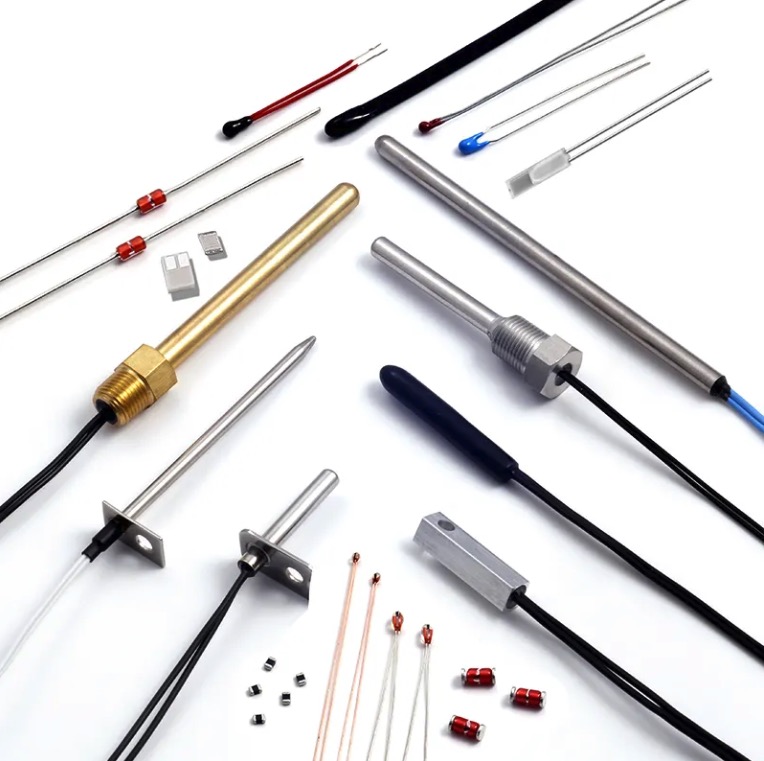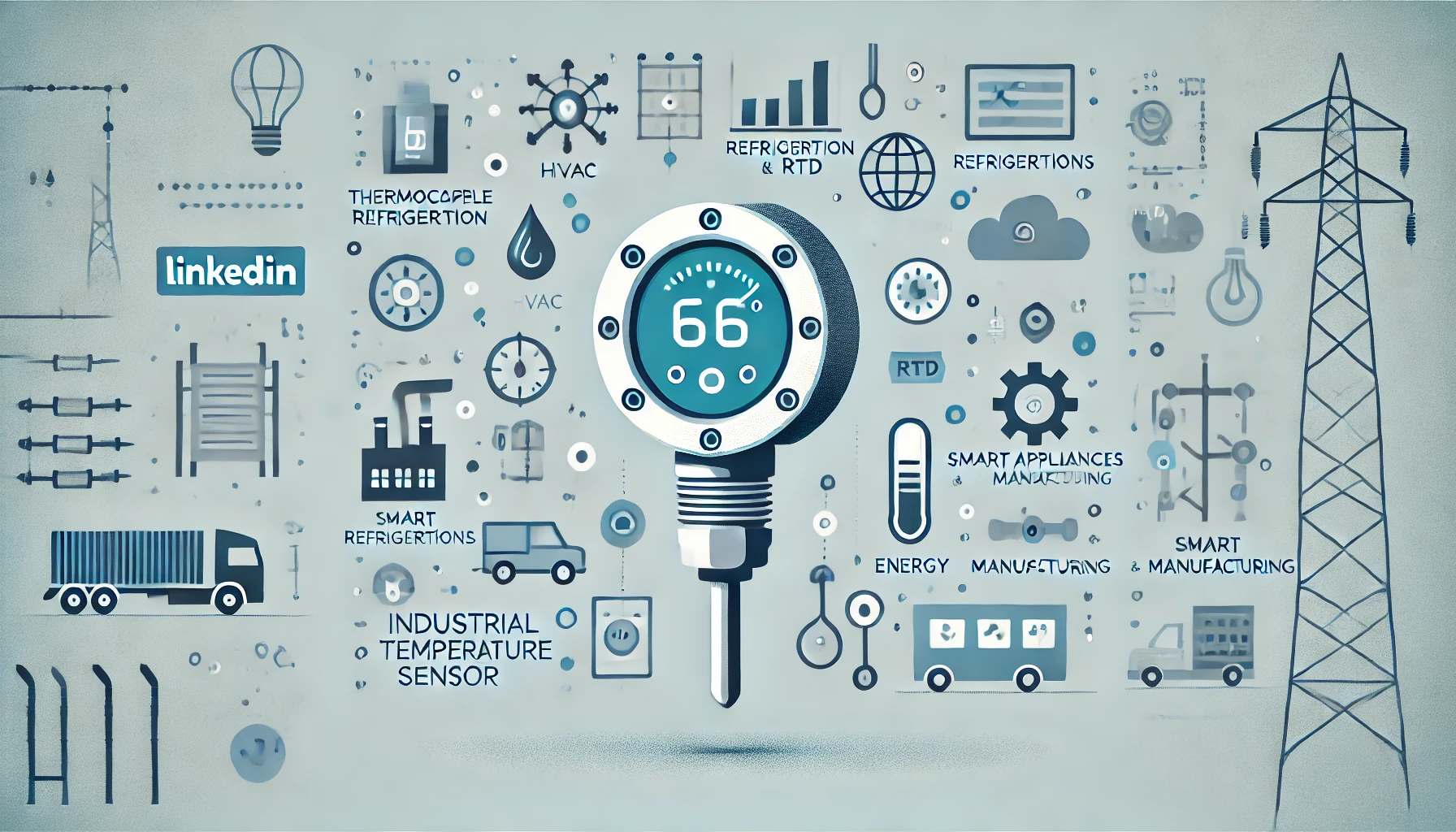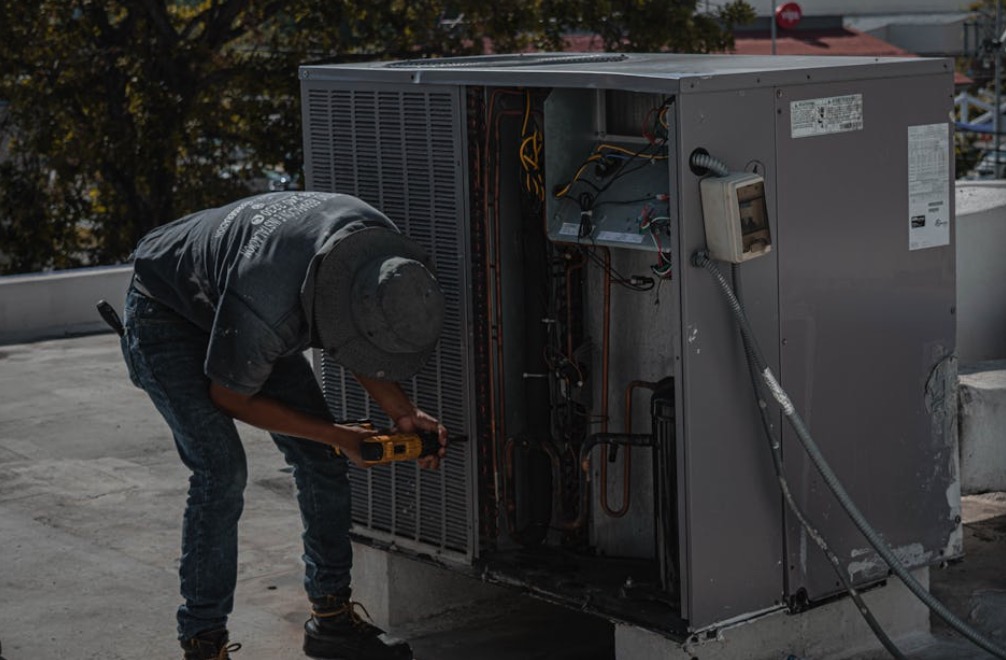The Internet of Things (IoT) has been transforming various industries, and one area where its impact is particularly significant is in temperature monitoring. By integrating temperature sensors with IoT technology, industries can now collect, analyze, and act on real-time temperature data, revolutionizing how temperature-sensitive processes are monitored and controlled. This has profound implications for industries such as HVAC, food processing, pharmaceuticals, and more.
In this article, we explore how IoT is enhancing temperature monitoring and the advantages it brings to businesses, highlighting the role of PT100 sensors, RTD temperature probes, and industrial temperature sensors in driving this transformation.
1. The Evolution of Temperature Monitoring with IoT
In traditional temperature monitoring systems, data was often collected manually or via basic sensor readings that were either logged periodically or displayed on a local monitor. This method, while functional, lacked the ability to provide real-time insights and required significant manual intervention for analysis.
With the advent of IoT-enabled temperature sensors, businesses can now remotely monitor temperature data in real time. For example, PT100 sensors and RTD temperature probes can be connected to the IoT network, providing continuous temperature measurements to a centralized system. This real-time data collection enables predictive maintenance, reduces operational inefficiencies, and improves overall system performance.
2. Benefits of IoT-Driven Temperature Monitoring
The integration of IoT into temperature monitoring systems provides several key advantages:
-
Real-Time Monitoring: With IoT-enabled sensors, businesses can monitor temperature in real time. This capability is crucial in industries like food processing or pharmaceuticals, where precise temperature control is essential for product quality and safety. Wireless meat thermometers and food industry temperature probes are now equipped with IoT technology, enabling constant monitoring during storage and transportation.
-
Remote Accessibility: IoT integration allows stakeholders to access temperature data from anywhere in the world. For example, a HVAC temperature sensor connected to an IoT network can be monitored by facility managers from their office or even remotely via a smartphone. This means that businesses can ensure systems are running optimally, even from a distance.
-
Predictive Maintenance: IoT sensors provide valuable data that can be used to predict potential system failures before they happen. By analyzing trends in temperature data, businesses can anticipate maintenance needs and avoid costly breakdowns. In industrial RTD sensors, such as boiler temperature sensors, this predictive ability is particularly beneficial, as it allows companies to maintain optimal operating conditions.
-
Automated Alerts: When temperature readings exceed predefined thresholds, IoT systems can send automatic alerts via email, SMS, or app notifications to the appropriate personnel. This proactive approach ensures that temperature-related issues are addressed quickly, preventing damage or loss of product. For example, a high-temperature probe in a server room can send alerts when temperatures rise above acceptable levels, prompting quick action.
-
Energy Efficiency: By continuously monitoring and adjusting temperature levels, businesses can optimize energy consumption. For example, HVAC systems equipped with IoT sensors can adjust airflow and heating/cooling based on real-time data, resulting in significant energy savings. Industrial RTD sensors also play a role in energy management, especially in industrial environments that rely on precise temperature control for operations.
3. Case Study: IoT in the Food Industry
Let’s consider a hypothetical scenario in the food industry, where temperature control is critical to maintaining product quality and safety. A food processing plant uses IoT-enabled temperature sensors to monitor the temperature of products during production, packaging, and storage.
Before the IoT system, the plant used traditional temperature monitoring methods, requiring employees to manually check temperature readings and record them at specified intervals. This method was prone to human error, and it was difficult to track real-time data or respond to temperature fluctuations quickly enough.
After integrating IoT-enabled RTD temperature probes (such as PT100 sensors), the plant now collects real-time temperature data, which is automatically sent to a centralized system. This system continuously analyzes the data, flagging any anomalies such as temperature spikes that might indicate equipment failure or unsafe storage conditions. When a temperature fluctuation is detected, an automatic alert is sent to the plant manager’s mobile device, prompting immediate corrective action.
As a result, the food processing plant has seen a significant reduction in product spoilage and energy usage. The ability to act on real-time data has also improved compliance with food safety regulations, ensuring that products meet the necessary standards for quality and safety.
4. The Role of Temperature Sensors in IoT
At the heart of IoT-driven temperature monitoring systems are advanced temperature sensors. PT100 sensors, RTD temperature probes, and industrial temperature sensors are designed to provide high-accuracy measurements, which are crucial for effective IoT integration.
For example:
-
PT100 sensors are ideal for applications requiring high accuracy and stability, such as in HVAC systems and industrial applications. These sensors can be connected to an IoT network for seamless data transmission and real-time monitoring.
-
RTD temperature probes offer excellent performance in terms of accuracy, especially in food industry temperature probes where consistent temperature measurement is crucial.
-
Industrial temperature sensors like high-temperature probes are used in environments where temperatures can fluctuate drastically, such as in industrial furnaces, boilers, or high-heat manufacturing processes.
By leveraging these sensors with IoT technology, businesses can collect precise temperature data and use it to optimize operations, predict maintenance, and improve safety and energy efficiency.
5. Looking Ahead: The Future of IoT in Temperature Monitoring
As IoT technology continues to evolve, the potential for temperature sensors in industries will only expand. The integration of AI and machine learning with IoT systems will enhance the ability to predict temperature-related failures and optimize operational efficiency.
In addition, the adoption of wireless temperature sensors in more industries will further streamline monitoring processes and reduce the need for manual intervention. As a result, businesses will enjoy greater automation, enhanced operational control, and long-term savings.
Conclusion
IoT is revolutionizing temperature monitoring by providing businesses with the tools to monitor, analyze, and act on temperature data in real time. From HVAC systems to the food industry, IoT-enabled temperature sensors offer a range of benefits, including real-time monitoring, predictive maintenance, and improved energy efficiency.
By integrating PT100 sensors, RTD temperature probes, and other industrial sensors with IoT systems, companies can take control of their temperature-sensitive processes and unlock a new level of operational efficiency.
Are you ready to integrate IoT into your temperature monitoring system? Contact us today to learn more about our custom RTD sensor solutions and how we can help you optimize your temperature monitoring process.





